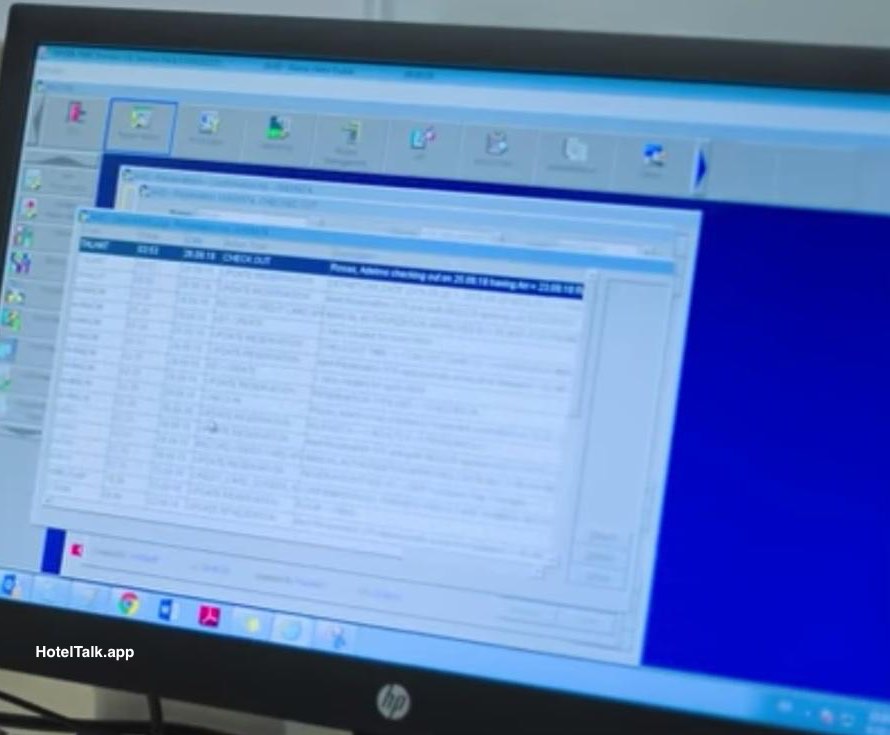The main objective of a front-office system for a hotel, motel or resort is to maximise the revenue, streamline operations and also reduce manual workload. For this reason, most hotel Software systems are sales-revenue-oriented rather than cost-control-oriented and are based on reservation, registration, and guest accounting needs of the property.
They can also be interfaced or linked to multiple third-party systems like food and beverage POS system, Door Lock, PABX, Wifi, GREMS – Guest Room Management systems etc. However, front-office systems can provide cost control in certain areas.
Front-office computers can be linked to the telephone system to monitor and bill guests’ accounts for charges of local and long-distance calls to preclude the hotel from paying for telephone costs not recovered through charges on guest accounts.
The front-office system can also provide constantly updated information to other departments such as housekeeping, food, and beverage areas relating to room occupancy and guest counts, so that adequate staffing can be arranged, thereby precluding departments from being overstaffed.
Finally, front-office computers can prepare and print room department operating ratios such as occupancy and double-occupancy percentages, average daily rates, and the daily yield statistic.
In this latter regard, front-office computer systems can be immensely useful in maximising yield by providing information to form a database of guest history and reservation patterns by type of guest for yield management.
More recently, front-office systems have been keyed to security control. The Software can be programmed to allow certain keys to open doors during limited periods each day.
This may mean that housekeeping staff will have access to rooms only during the room makeup period. The system can also issue “keys cards” to guests, which are simply plastic cards a little smaller than a credit card that has data encoded on them on magnetic strips or Radio Frequency RF cards.
The guest room door has a device that reads the card and allows the door to be opened. As guests register, the computer issues new guests a key card with a unique code on it for each guest and for each specific room. At the same time, the computer erases the old code for that room in the device on the guest room door.
This procedure ensures a departed guest’s card will not function and creates a new code corresponding to the arriving guest’s card. Departing guests do not have to turn in their keys; on checkout, they can be discarded. In cases of emergency, a conventional key may be used by authorised hotel personnel to override a card reader device. There are many advantages of using key cards in the hotel over manual keys.
The self check-in kiosk is now available that can be located at the front office to be operated by an arriving guest. Such KIOSK linked with the PMS (Property Management System) can accept specified credit cards and automatically charges the rate for a specific room to the credit card, prints a paid invoice for the guest, and issues a key card coded to the door of the assigned room. An all-night employee no longer is required to register late-arriving or early-checkout guests.
